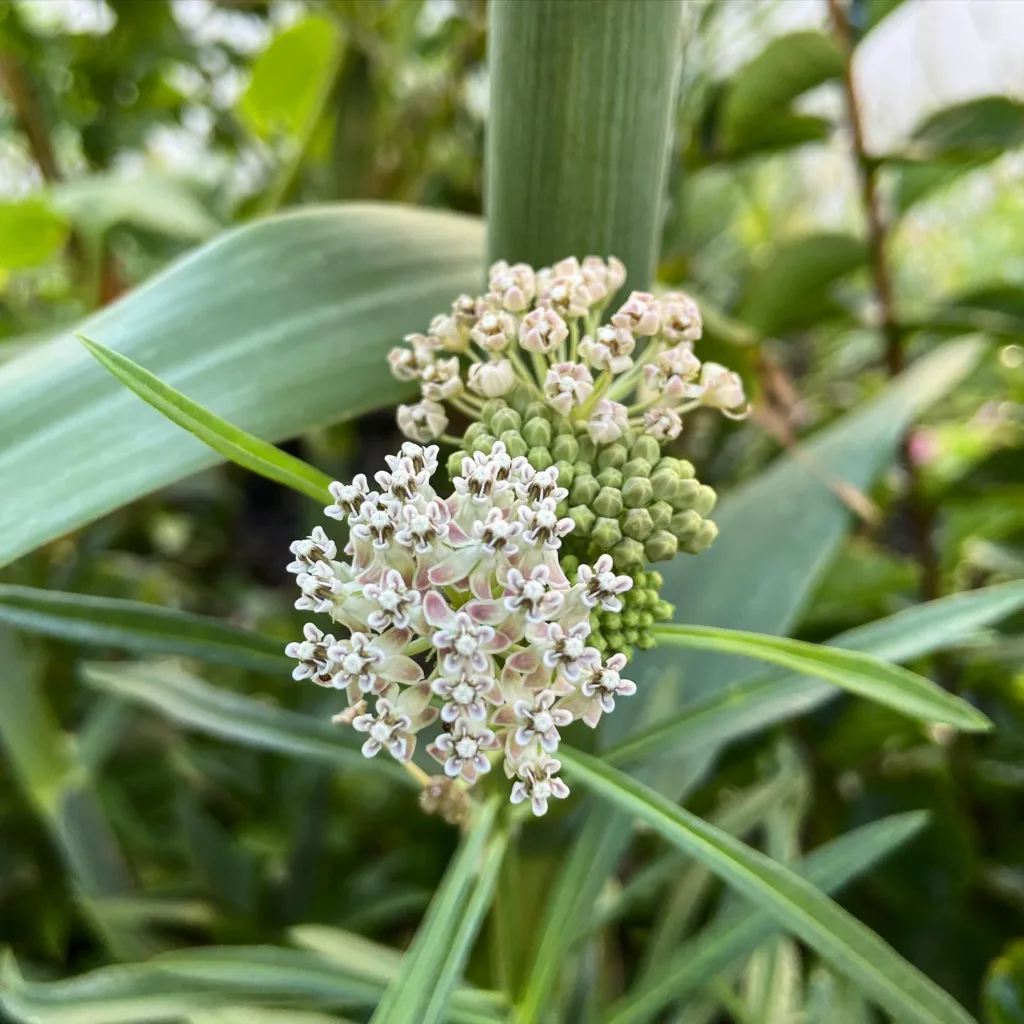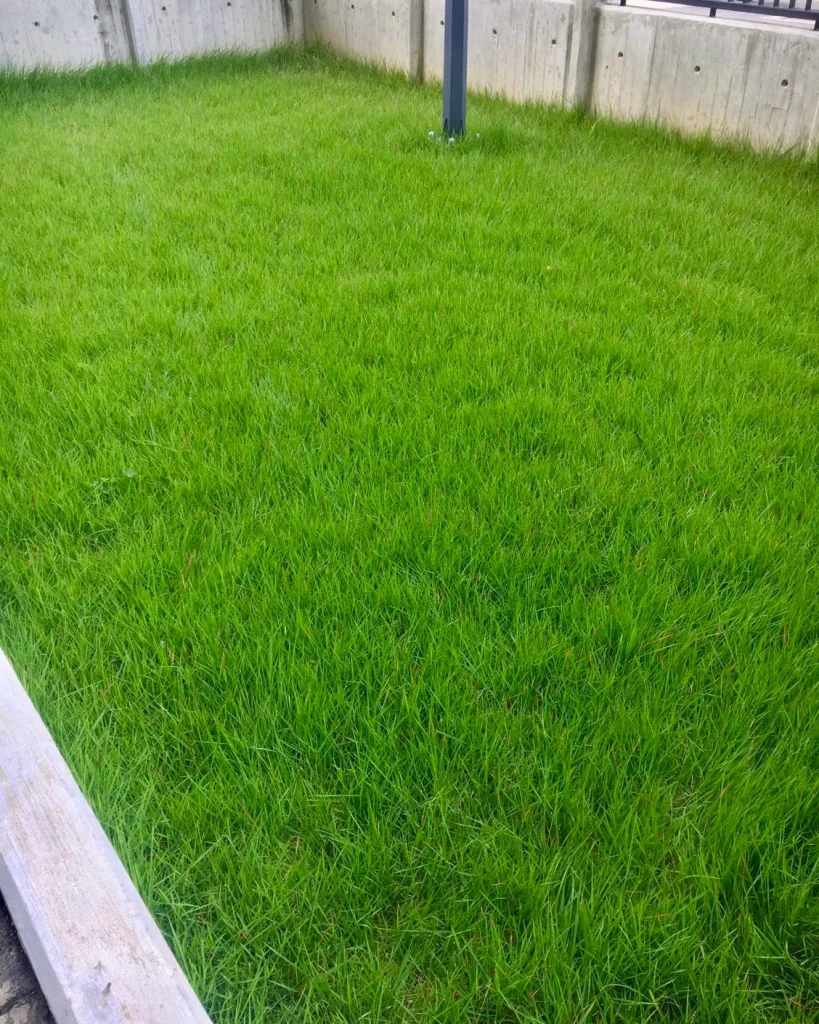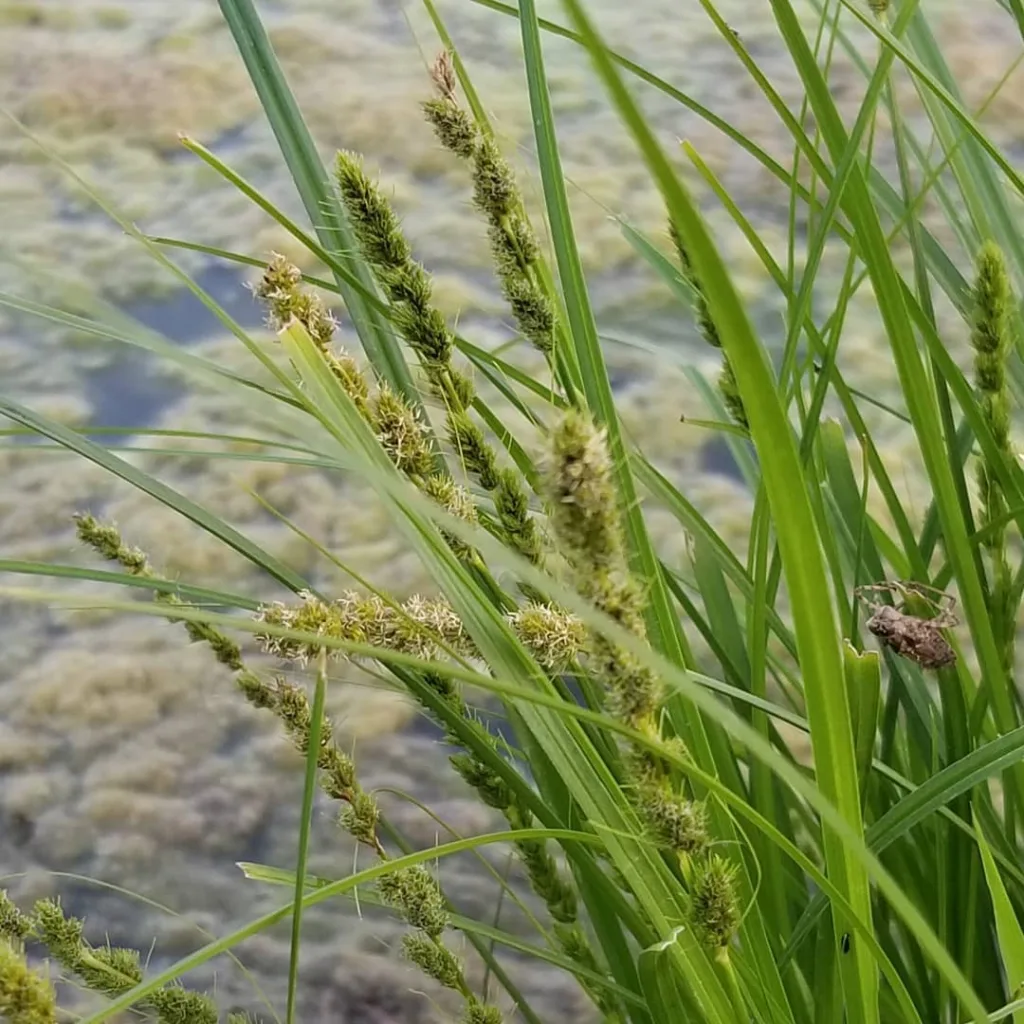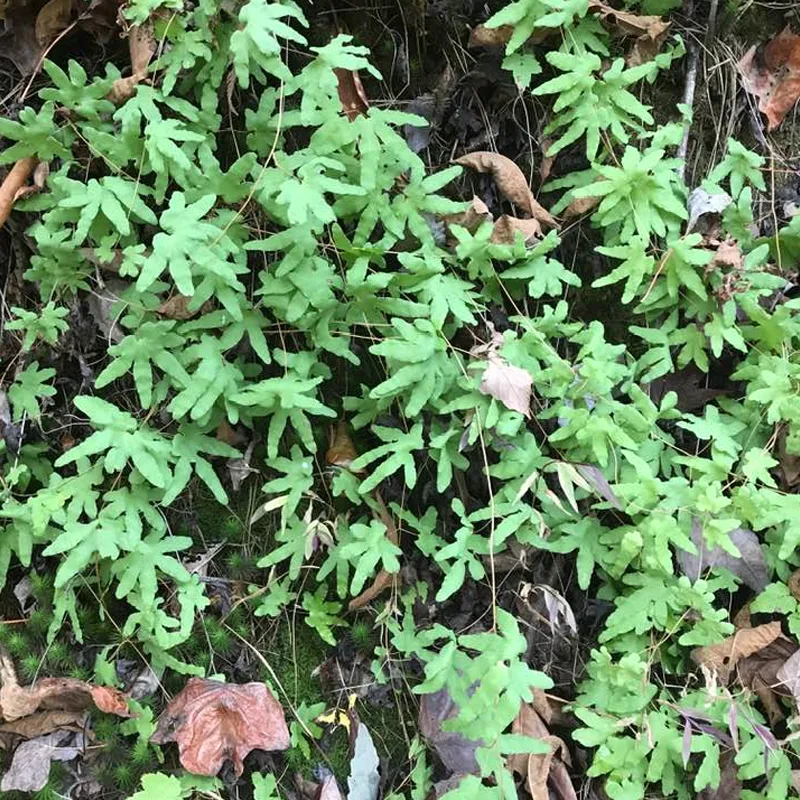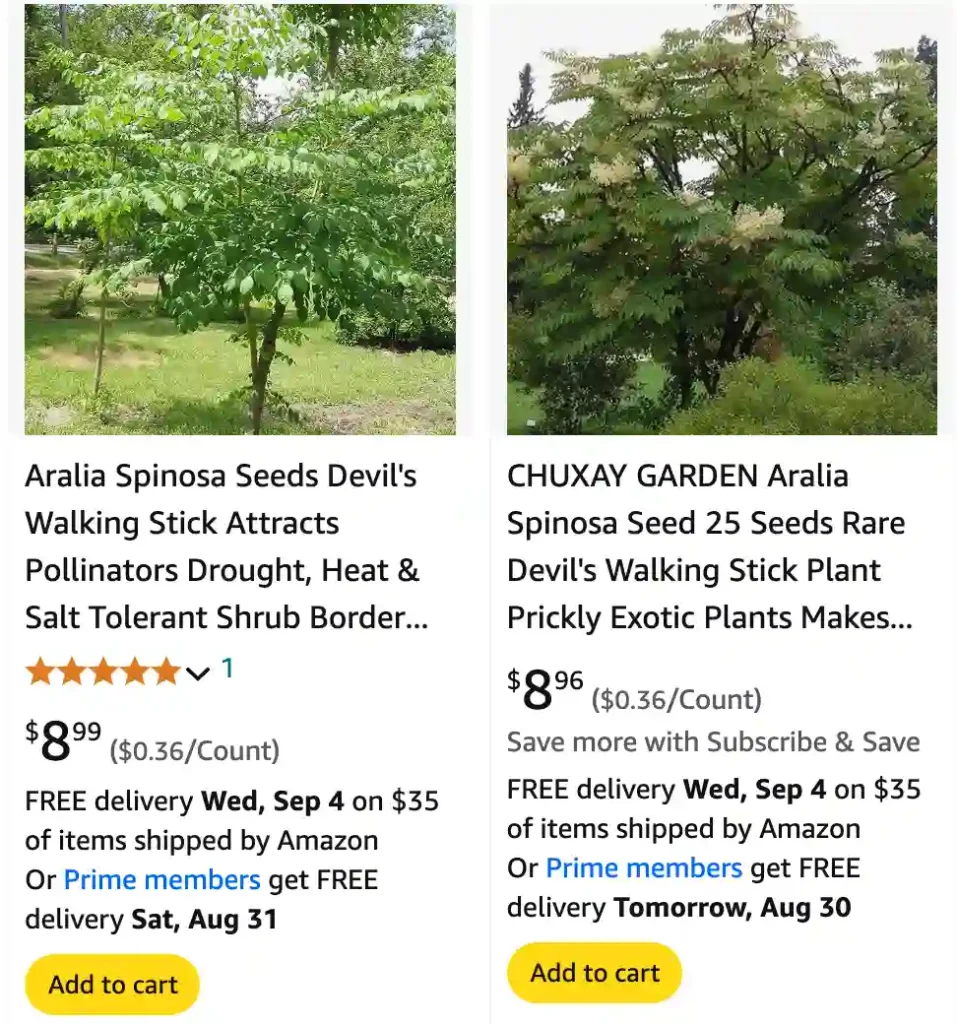
Aralia Spinosa: Common FAQs Answered
As someone who’s delved into the fascinating world of plants, I’ve encountered Aralia Spinosa more times than I can count. This striking shrub, often known for its imposing size and spiky branches, raises several common questions. I’ll dive into these frequently asked questions and provide you with a comprehensive guide based on my experiences and research.
73 Species in Genus Aralia
Is Aralia Spinosa and Acanthopanax Related?
You might be wondering if Aralia Spinosa and Acanthopanax are related. The answer is yes; they are indeed closely related. In fact, Acanthopanax was once classified under the Aralia genus, so they share similar characteristics and lineage. Both belong to the Araliaceae family, which explains their similarities in appearance and growth habits. However, the term Acanthopanax is now less commonly used, and the plants are generally referred to under the Aralia genus.
When Does Aralia Spinosa Seed?
If you’re curious about when Aralia Spinosa produces seeds, it typically happens in late summer to early autumn. The plant produces small, greenish-white flowers that eventually develop into berries. These berries turn black when ripe. If you’re growing Aralia Spinosa and want to collect seeds, keep an eye on the berries during this period. Harvest them when they’re fully ripe for the best results.
Who Sent Samples of Aralia Spinosa to Carolus Linnaeus?
Carolus Linnaeus, the father of modern taxonomy, received samples of Aralia Spinosa from various botanists. One notable contributor was the Swedish botanist Pehr Kalm. Kalm, who traveled extensively in North America, collected numerous plant specimens, including Aralia Spinosa, and sent them back to Linnaeus for classification. This collaboration played a crucial role in cataloging and understanding the diverse flora of the New World.
Aralia Spinosa vs Aralia Elata
When comparing Aralia Spinosa and Aralia Elata, there are several key differences to note. Aralia Spinosa, also known as Devil’s Walking Stick, is known for its spiny stems and robust, arching foliage. It typically grows to a height of 10 to 20 feet and has a more rugged appearance.
On the other hand, Aralia Elata, or the Japanese Angelica Tree, tends to have a more upright growth habit with fewer spines on its stems. The foliage of Aralia Elata is also more delicate and has a feathery appearance. Both plants are impressive in their own right, but Aralia Elata is generally more refined in appearance compared to the more aggressive Aralia Spinosa.
Aralia Spinosa vs Elderberry
Aralia Spinosa and Elderberry might seem similar at first glance, especially since both produce clusters of small berries. However, they are quite different. Aralia Spinosa features a distinctive, thorny trunk and large, palmate leaves. Its berries are black and often not edible.
Elderberry, on the other hand, produces small, dark berries that are known for their medicinal properties and culinary uses. Elderberry plants generally have a more graceful appearance with compound leaves and do not feature the spiny, aggressive look of Aralia Spinosa.
Aralia Spinosa vs Tree of Heaven
Aralia Spinosa and Tree of Heaven (Ailanthus altissima) can be easily confused due to their similar growth habits and large, compound leaves. However, they have distinct differences. Aralia Spinosa is characterized by its spiny branches and rugged texture, whereas Tree of Heaven has a smoother bark and less aggressive growth.
Tree of Heaven tends to grow faster and larger, reaching heights of up to 80 feet, while Aralia Spinosa typically maxes out around 20 feet. Additionally, Tree of Heaven’s leaves have a more symmetrical arrangement compared to the irregular and more substantial foliage of Aralia Spinosa.
How to Care for Aralia Spinosa?
Caring for Aralia Spinosa involves a few essential practices. This plant thrives in full sun to partial shade and prefers well-drained soil. It’s relatively low-maintenance once established, but regular watering during dry periods can help it stay healthy. Be cautious of its sharp thorns, which can make pruning a bit tricky.
How to Propagate Aralia Spinosa?
Propagating Aralia Spinosa can be done through seeds or cuttings. To grow from seeds, collect them in the fall and stratify them by keeping them in a cool, moist environment for a few months. Plant the seeds in well-drained soil and keep them in a warm, sunny spot.
For cuttings, take semi-hardwood cuttings in late summer and root them in a potting mix. Ensure they stay moist and provide them with indirect light until they establish roots.
What to Plant with Aralia Spinosa?
Aralia Spinosa pairs well with other bold, textural plants. Consider companion plants like ornamental grasses, which can complement its rugged appearance. Ferns and hostas also work well in shaded areas where Aralia Spinosa might be planted. Avoid planting too close to other delicate plants, as the Aralia’s aggressive growth can overshadow them.
Can You Grow Aralia Spinosa Indoors?
Growing Aralia Spinosa indoors is challenging due to its large size and spiny branches. It’s better suited for outdoor spaces where it can grow to its full potential. If you attempt to grow it indoors, ensure it has ample space and light, and be prepared for its substantial growth.
Is Aralia Spinosa Toxic?
Aralia Spinosa is not considered highly toxic, but it’s best to keep it away from pets and young children. Its thorns can cause injury, and while the berries are not known to be highly toxic, they are not typically consumed.
Benefits of Aralia Spinosa
Aralia Spinosa can be a striking focal point in a garden with its unique appearance. Its dense foliage provides excellent coverage and can act as a natural privacy screen. Additionally, it attracts birds with its berries, which can be a benefit for local wildlife.
Common Problems with Aralia Spinosa
One common issue with Aralia Spinosa is its aggressive growth, which can outcompete nearby plants. Additionally, its thorns can be a nuisance when pruning or handling. Regular maintenance and careful placement can help mitigate these problems.
In summary, Aralia Spinosa is a fascinating plant with a range of unique characteristics. Whether you’re considering it for its aesthetic appeal or its role in your garden, understanding its traits and care requirements will help you make the most of this striking shrub.
If i die, water my plants!
